Tumaco
Department
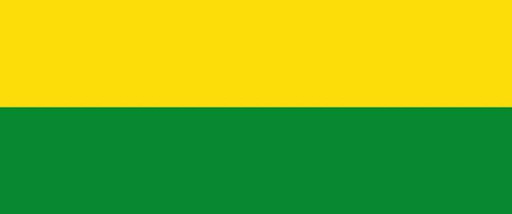
Flag of the city
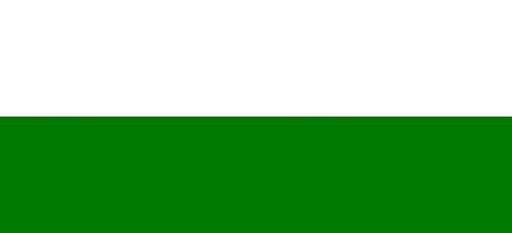
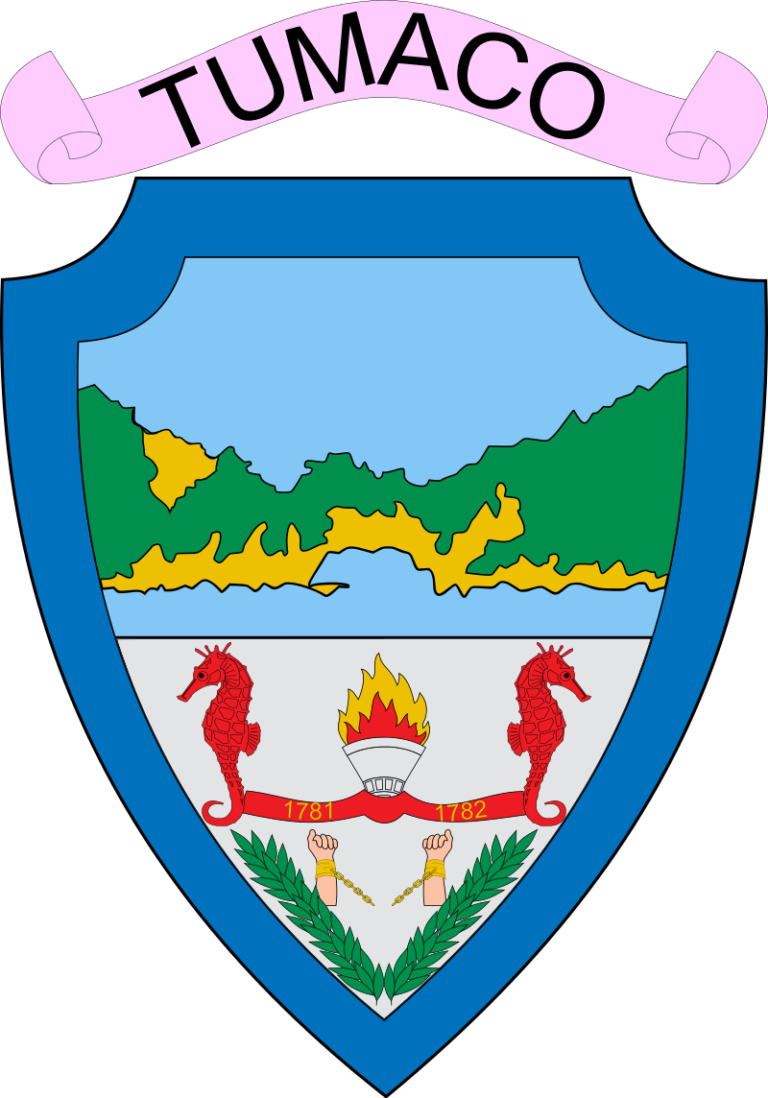
Slogan of the city
“Tumaco for Everyone.” This motto underscores our commitment to showcasing the diverse, welcoming, and vibrant spirit of Tumaco, ensuring that every visitor feels the warmth and inclusivity of our beloved city. Join us in celebrating a place where everyone is welcomed and every story is valued.
History
Located on the Pacific coast, Tumaco rests on a quaint island at the southernmost tip of Tumaco Bay. Originally established in 1570, it was named after Tumas, a local indigenous leader. The city once flourished as a primary export hub for rubber and cinchona bark sourced from the eastern rainforests. While its prominence waned post-boom, it regained significance as the endpoint for a pipeline originating from the Putumayo oil fields approximately 100 miles southeast. Tumaco boasts a range of light industries, a lumbering hub with plywood and molding factories, and proximate gold mines. As a significant fishing port, it houses tuna and sardine canning factories. A roadway connects Tumaco to Pasto in the Andes, and the city is equipped with an airport
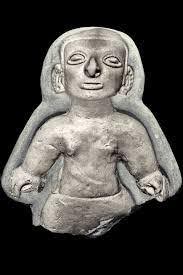
Geography
Tumaco covers an area of approximately 3,057 square kilometers (1,181 square miles). Given its location on Colombia’s Pacific coast, it serves as a strategic point for maritime activities. Tumaco, a port city located on the Pacific coast of Colombia, has an approximate altitude of 5 meters (16 feet) above sea level. Given its geographical coordinates of 1°48′24″N 78°45′53″W and its low elevation, it sits near the equator and boasts a tropical climate. The city occupies a small island at the southern tip of Tumaco Bay. The surrounding environment is marked by a rich blend of marine and terrestrial ecosystems, including mangroves, pristine beaches, and tropical rainforests. This biodiversity, along with its coastal position, has made Tumaco a vital hub for trade and transport. Historically, its economic and cultural identity has been deeply intertwined with both the ocean and the adjacent rainforest. As a reflection of its maritime setting, fishing is paramount, positioning Tumaco as a leading fishing port in the region.
Pasto, which is the capital of the Nariño Department, is about 300 kilometers (around 186 miles) northeast of Tumaco, with the journey usually requiring a road trip through the Andes.
Cali, one of Colombia’s major cities, is located approximately 320 kilometers (about 200 miles) northeast of Tumaco.
The border with Ecuador lies to the south, and the nearest significant Ecuadorean town, Esmeraldas, is approximately 250 kilometers (around 155 miles) to the south of Tumaco.

Population
221,469 (2019)
257,052(2020)
One photo representative of the city
One of the most representative places in Tumaco, Nariño is “La Bocana del Rosario” or simply “La Bocana.” It is where the Mira River meets the Pacific Ocean, forming a stunning natural spectacle. This area is characterized by its beautiful beaches, mangroves, and aquatic landscapes. Locals and tourists alike visit La Bocana for its scenic beauty, fresh seafood, and to witness the captivating sunsets over the Pacific. Additionally, it serves as a testament t

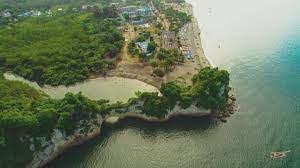
Etymology
Tumaco’s name is believed to have indigenous origins, commonly attributed to a native leader named “Tumas.” He is said to have established the settlement around 1570. The name gradually transformed over the years, with the Spanish eventually adopting the name Tumaco for the city. As with many names rooted in ancient indigenous history, there can be variations and ambiguities in their origins. Nonetheless, the link between the city’s name and Chief Tumas remains the predominant theory.
What the city is known or famous for
Tumaco, a Pacific coastal town in Colombia, grapples with one of the nation’s highest homicide rates. This is exacerbated by its role as a significant hub in the global cocaine trade. Large coca plantations in nearby regions and its strategic port position make it a hotspot for narcotics trafficking. This illicit business draws various criminal factions, leading to territorial disputes and frequent violent confrontations. These challenges place immense strain on the local populace, who are often caught in the crossfire. Despite numerous attempts to rectify the situation, establishing lasting peace and curbing drug production in Tumaco remains a complex issue.
